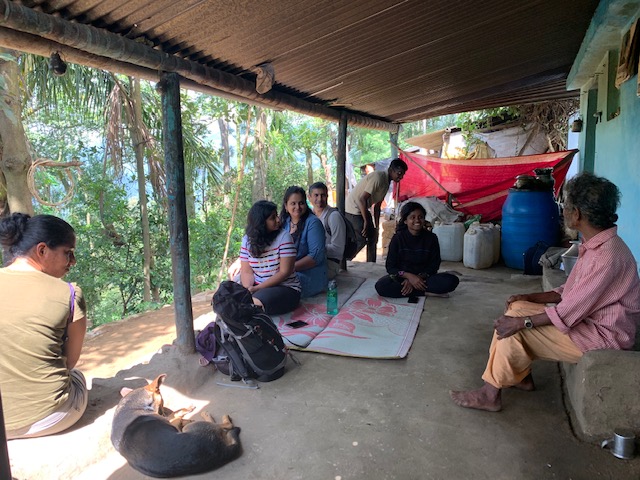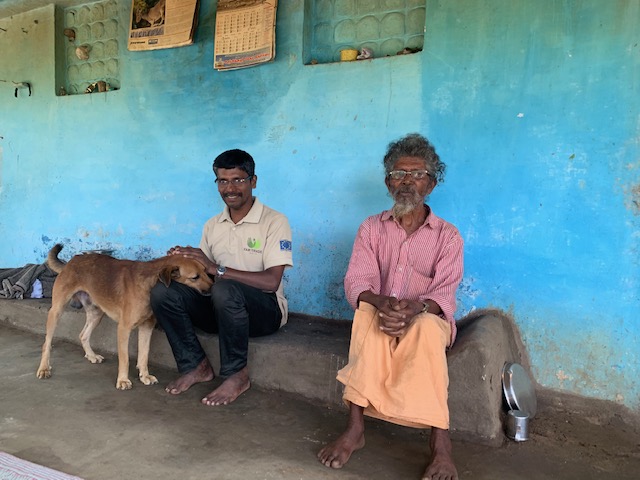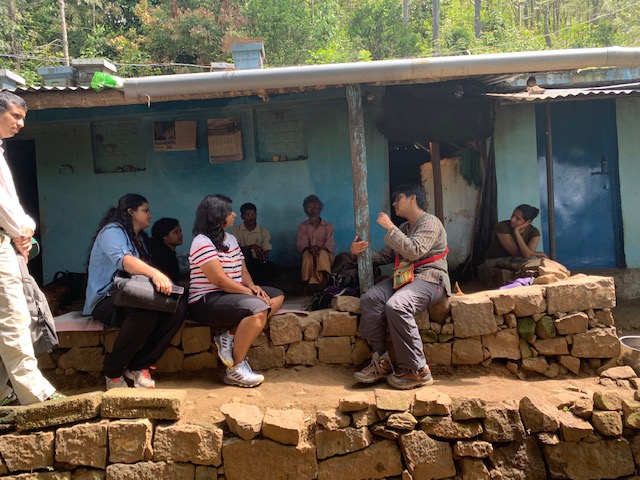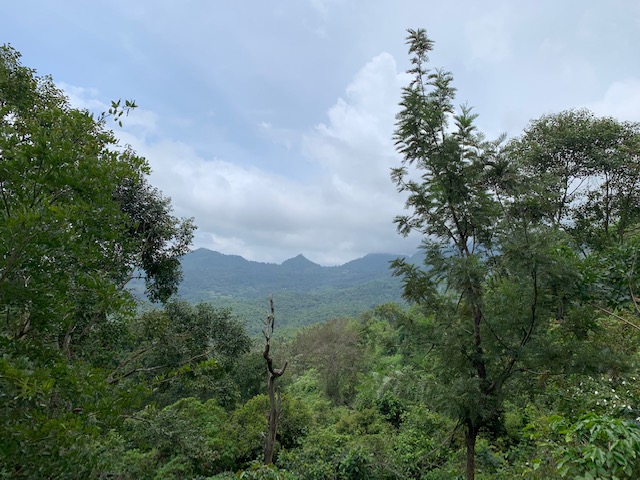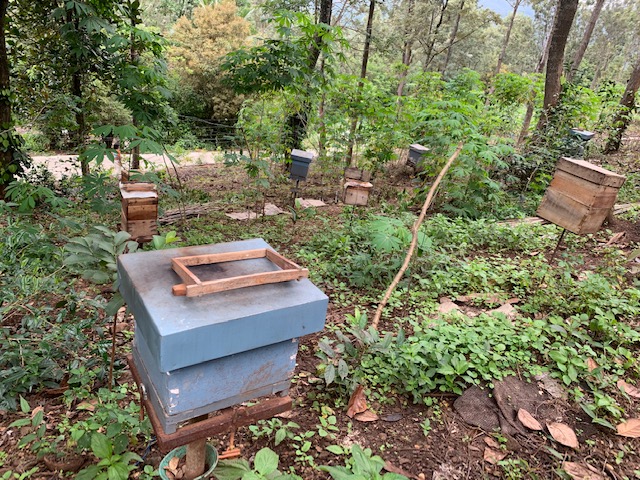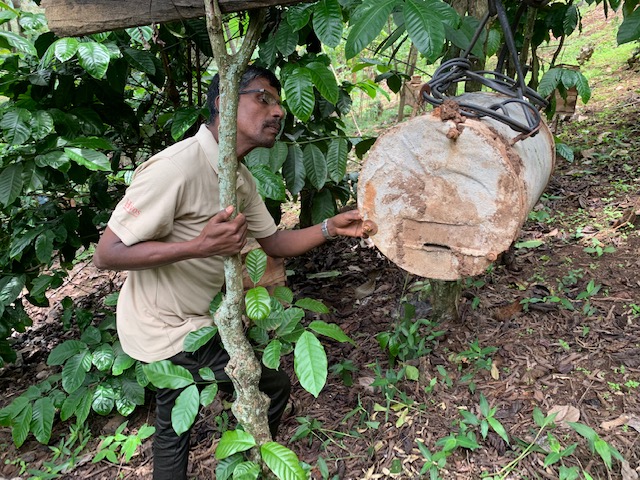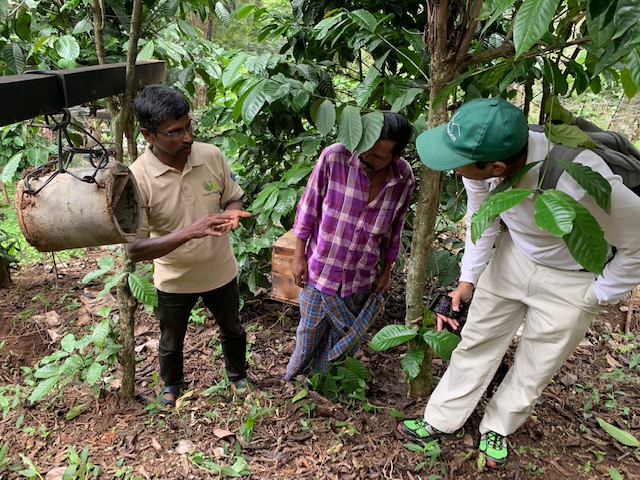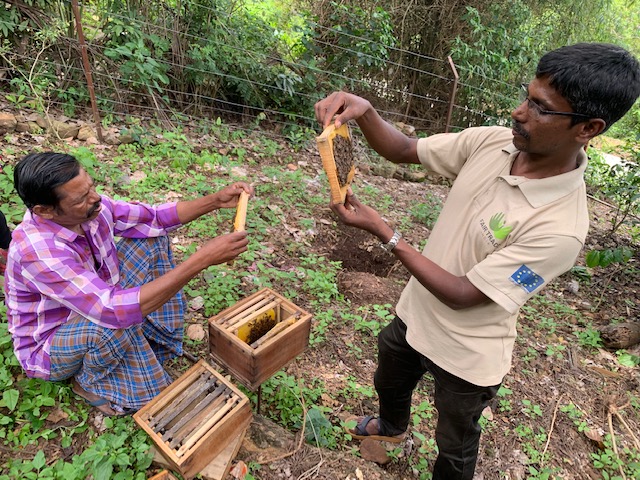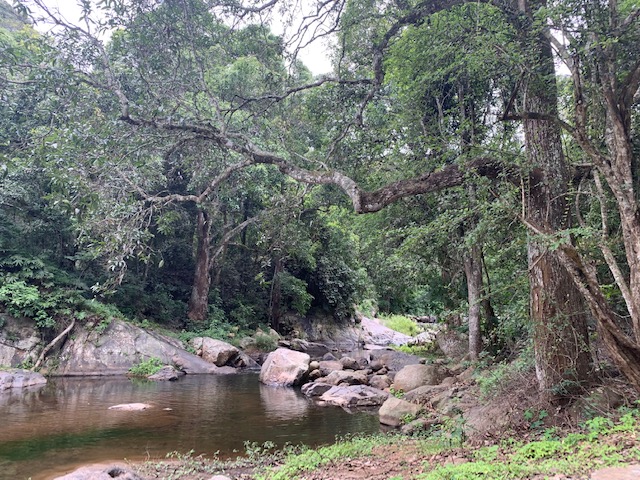Our story of bees and humans is an age old one, and unfolds right here at Semmanarai, a little hamlet some distance away from Kotagiri.
Join us on this unique tour to the abode of the bees – a day-long walking exploration of bees and their flowers, as we take in the sights, smells and tastes of all that makes honey, so desirable. Meet the bee keepers to get a sneak preview into apiculture.
Proceeds from these trails help raise funds to support the bee keepers, protect bees and their habitats.
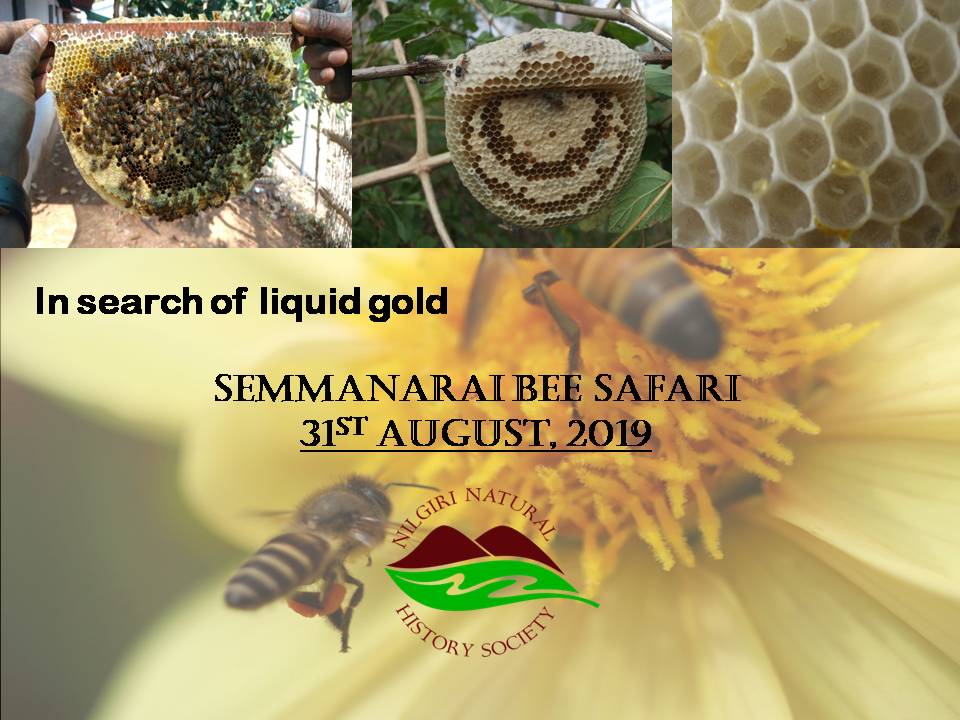
Our final event for this month! Don’t miss!
Note: This is our maiden launch for the bee safari and we are only looking to accommodate 5 members on a first-come-first-served basis.
Date: 31st August, 2019
Place and Time: 8.30 am, at Johnson Square
Duration: 7 hours
Trail difficulty: Easy
Cost: 500/-
For registration, write to contact@nnhs.in
Sharada: 9900522052
Photo Credits: Keystone Foundation
A short account of the bee safari
When the bee comes to your house, let her have beer; you may want to visit the bee’s house some day. – Thus goes a Congolese saying. Independent of the beer, our party of 8 was off to visit the bees at Semmanarai on the morning of August 31st, 2019.
The 1 hour drive from Kotagiri to Semmanarai was a picturesque one as it meandered along sharp hair pin bends into a rocky terrain of cliffs, farms and beautiful silk cotton trees. Semmanarai is home to the honey hunters of the Nilgiris who belong to the Kurumbas and the Irulas communities who have been specializing in honey harvesting over generations.
Our first meeting at the village was with the renowned ‘Raasu’, now an elderly person who in his prime years, was a respected village elder known far and wide for his skill and knowledge of honey hunting and local healing methods. We were welcomed by a bespectacled old man with silver hair and a cheerful smile that immediately put us at ease. As we all settled down on his porch, Raasu recounted tales from his youth – tales of community, culture, faith,livelihood and most importantly of people and their coexistence with bees. In a world where even the presence of bees nearby makes people confrontational, here was a story of heroism, hardship and mutual respect – it was impossible not to be touched and get warmed up towards these industrious insects.
“I learnt the skill from my father, and he, from his”, said Raasu, explaining how it had been passed down from one generation to the other and was now being practiced by his sons. He added that nowadays, they were also into bee keeping using bee boxes, besides climbing the perilous cliffs to harvest honey from the rock bee hives. He emphasized how honey hunting was both a sacred event and a livelihood for the community – the honey from the rock bees was used for their temple festivities. When asked if the honey is available all year around, Raasu explained, “Come March-April, when the flowers start to bloom, the bees get busy, foraging on nectar, pollen and building up the hives. For the rock bees, it takes anywhere around 2-3 months to get the honey ready. With the bee boxes, we can get honey more often, about 2-3 times in a year. But bee boxes in this area run the risk of getting raided by bears and monkeys, like ours got raided, if not kept out of their reach. We have recently moved our bee boxes to high ground to avoid bear and monkey visits.” When asked about whether he was not afraid of getting stung while working so close to the bees, Raasu mused philosophically, “If someone plunders your house, would you not get angry? The bees are just trying to protect their homes. We do get stung occasionally but it is better than getting an injection in a hospital and is even good for the body. It swells up but goes back to normal in a couple of days”. To answer a question about how they go about the harvesting process, he added, “we go in a team of 6-7 people and have to walk through the forest and stay on for a couple of days before we can return with the honey. We do not kill the bees, instead we use smoke to drive them away. The cliffs we harvest from can be really tall and deep, anywhere from 300 ft to a 100 ft. It is indeed a tight rope walk balancing on ladders, made from jungle vines, holding the basket for honey collection, and the sickle to cut the hive, when all the while you are swaying precariously, back and forth near the cliff face. So we begin with a prayer asking that we are kept safe.” Laughing at an enquiry whether they allowed outsiders to join the hunting party, he wondered if we would have the nerves to hold up against a swarm that can start buzzing as loud as an aeroplane when bee colonies numbering over 100 (at times) get agitated during the honey hunting process. Nevertheless, he extended an open invitation to join in if we were brave and willing.
With our heads filled with the imagery of the hunting process, we visited Balan, an Irula bee keeper who had installed bee boxes in his farm. Refreshed after a cup of black coffee, we were shown the methods that were being used and experimented with, for bee keeping – the newton boxes, the marthandam boxes and the cement bee cylinders that were being tried out against bears. Justin opened up the bee boxes to show the frames on which the hives were built. He explained how these bees were a different species – smaller than the rock bees we spoke of earlier. He showed how the compartments of the box were organized to keep the brood and honey chambers separate for easy collection. And then the hunt for the queen bee began! As we pored over the frames trying to locate the queen, our first attempt was unsuccessful leading to a slightly irritated bee colony which we had to close as we retreated in peace. With the second box we got lucky as we spotted the slightly larger queen bee, busy trying to get away from peering eyes. Later Justin showed the gate put in place to ensure she did not fly away. He along with Balan further went on to provide many interesting pieces of information on the life cycle of bees by showing the eggs, larvae and the royal jelly fed to them. “Bee keeping has its own challenges, as the bees can abscond any time if they feel threatened – by humans, animals, physical handling, or they might move away due to lack of food”, explained Justin, reiterating how it was important to also practice sustaining the bees in the box by providing artificial nectar in the form of sugar syrup in case nectar was not available to them.
As the trip came to a close, we drove down a short ride to the stream, where everyone sat munching on their lunches, as they pondered about the fascinating world of bees – tiny little black and yellow busy bodies, without whom our food production would hang in the balance. And the intricate lives of people in the highlands, that revolve around the bees.
(By Sharada Ramadass)

